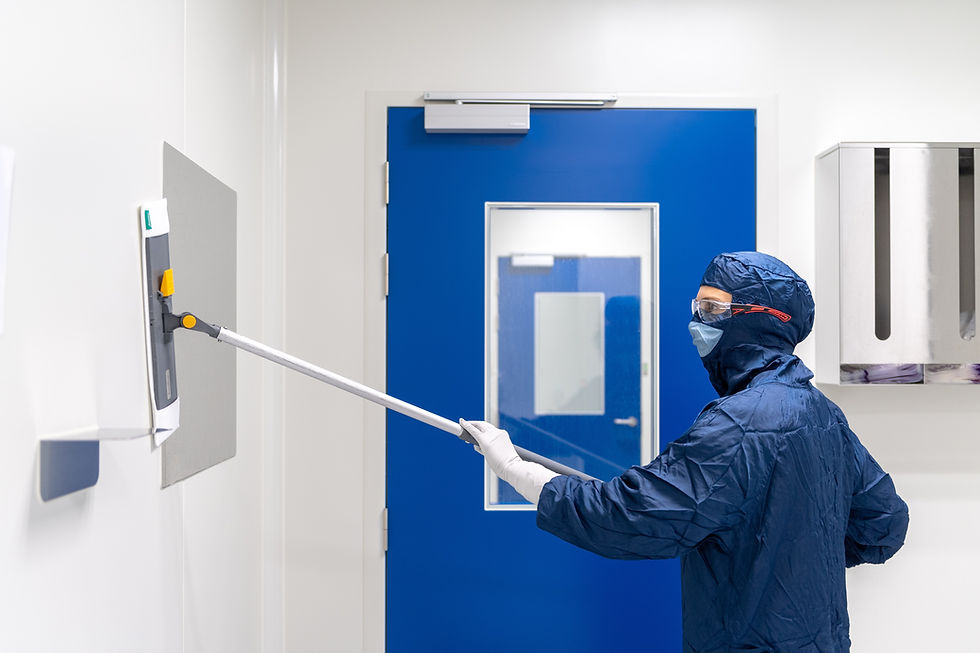Habanero Plant – How To Grow Habanero Pepper
- Shidonna Raven

- Sep 9, 2023
- 3 min read
By: Bonnie L. Grant,
Certified Urban Agriculturist
Last updated on 02/27/23
Source: Gardening Know How
Photo Source: Unsplash,
Gardeners with a taste for spicy food should try to grow one of the hottest peppers, the habanero.
Growing habanero peppers requires bright sun, warm temperatures, and well-drained soil. These small, green to red peppers measure 100,000 to 445,000 on the Scoville scale, which is a method of measuring the levels of capsicum, or spice, in peppers. The habanero plant grows best when purchased or started indoors in most regions of the United States.
Plant them outside after the danger of any frost has passed. Follow some tips on how to grow habanero pepper for a hot and spicy crop that is tasty fresh, grilled, dried, or canned.
The Habanero Plant Habanero plants have oval, simple leaves with deep, glossy green color. The plants are generally bushy and just slightly taller than they are wide. Growing habanero peppers requires a long growing season. As a warm-season crop, habanero care may include plastic mulch to help keep the soil warm and cloches or row covers at the start of the season.
Prior to planting, incorporate a large amount of organic material into the soil to increase fertility and drainage. With proper care, the plants will produce slightly curved green or even red fruits, filled with seeds and covered in waxy, glossy skin.
Growing Habanero Peppers
Plant seeds in the garden two weeks before the last frost. Transplants grown indoors will need eight to ten weeks of growing time before planting out. In areas with less than 120 growing days, the peppers can be started earlier and grown inside until transplant time.
Sow seeds ½ inch (1 cm.) deep and 18 inches (45.5 cm.) apart in the garden in a full sun location. Seeds are small so it is necessary to thin seedlings when growing habanero peppers. Unless your home is in an arid sub-tropical state, your habanero seeds are best started inside and then transplanted outside after the soil is warm. Move seedlings outside when they have at least six mature leaves. Plant them 18 inches (45.5 cm.) apart and cut holes in black plastic mulch to fit around the plants. This reduces competitive weeds and keeps the soil warm while also conserving water.
Habanero Care
Two important growing tips for habanero peppers are infrequent but deep watering. Row covers are often necessary with habanero care to avoid sunscald and to keep peppers from drying out and cracking. Fertilize the plants with ¼ tablespoon of nitrogen per plant when habanero plants are at least six weeks old. Apply it as a side dressing 6 inches (15 cm.) from the plants and work it into the soil. Watch for problems such as insects or blossom rot.
Most insects are easy to control with blasts of water to remove them or insecticidal soap. Blossom end rot is caused by calcium deficiency and is minimized by deep watering during the bloom period. Fungal diseases are reduced by limiting overhead watering.
Harvesting Habanero Plants Pick peppers when they are firm and green or wait until the end of the season when they color red. The fruit is equally good at either color, but all fruits must be removed from the plant before cool temperatures arrive in fall.
Store them in a cool location for up to three weeks or halve and dry them completely. You can also roast and freeze the peppers or make pickled peppers for longer preservation.
How can you introduce garden vegetables, fruits and foods into your diet. How could it improve your health? Why?
Share the wealth of health with your friends and family by sharing this article with 3 people today
If this article was helpful to you, donate to the Shidonna Raven Garden and Cook E-Magazine Today. Thank you in advance.






Comments